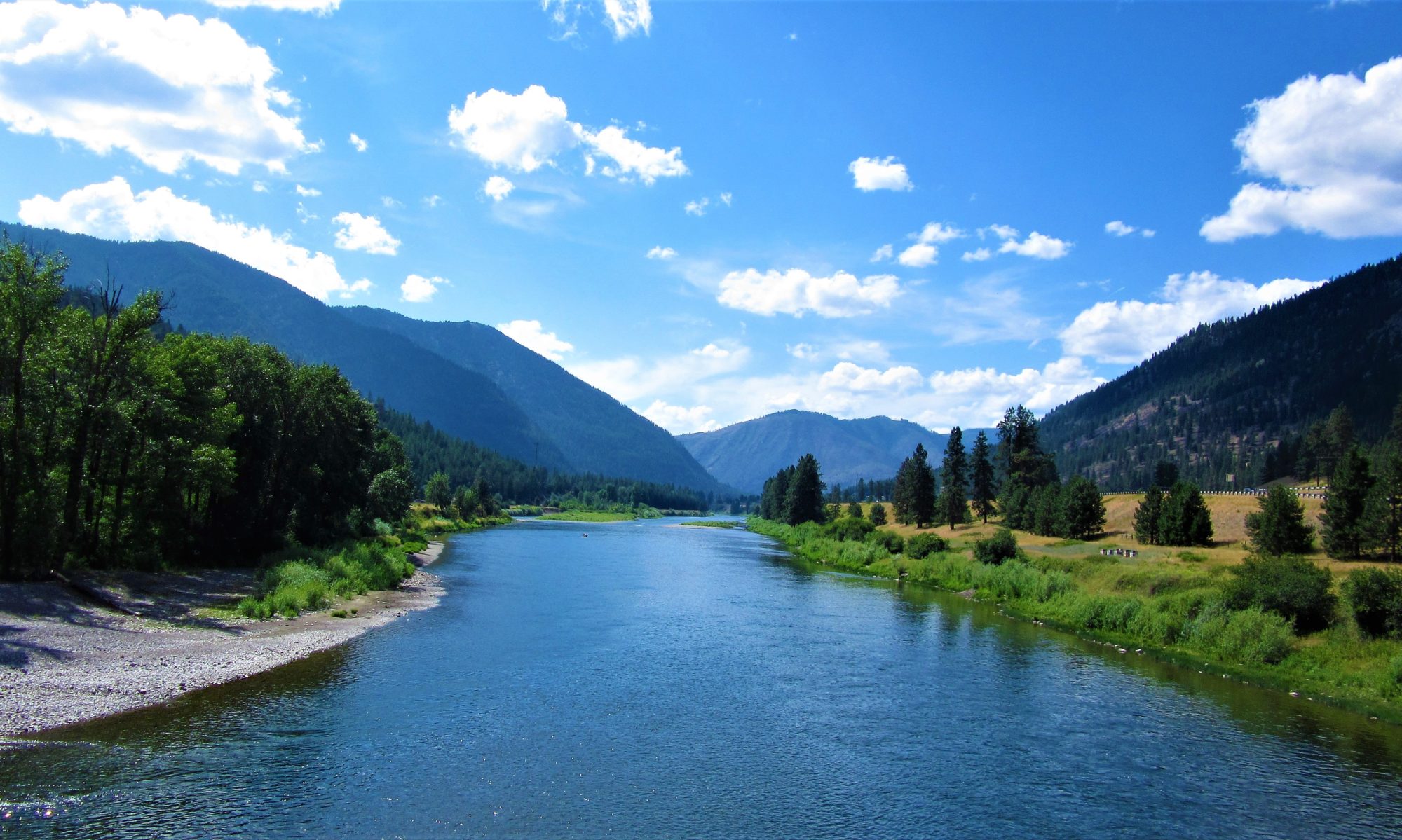Was the Alberton train derailment and chemical spill preventable? No one intended it to happen. Yet, it did.
A vertical split head defect (VSH) formed a lengthwise split internally that eventually reached the rail surface, and stresses caused part of the railhead to shatter and break off. A VSH is dangerous, but not so rare, usually detectable and slow growing.
MRL claimed the Alberton curve’s VSH formed unusually rapidly, and the rail failed during the passage of the derailed train, or the last previous train. MRL claimed there was nothing they could have done to prevent the failure. An internal test in March 1996 uncovered an anomaly apparently missed by the test operators.
Plaintiff lawyers argued the derailment was very much preventable. The failed rail was 28 years old, and an MRL inspector wrote in early 1996 that the head was “worn out” for the entire curve. The curve was set for replacement in May.
Plaintiffs argued unsafe operations of MRL since its inception in 1987 when they leased the line from Burlington Northern, documenting cutbacks in the workforce, overworked employees, and a large percentage of inexperienced new hires. They cited Federal Railroad Administration (FRA) statistics and reports revealing increased rail wear, defects and derailments on the line, culminating in 1995 into 1996, as MRL experienced an unexpected sharp increase in freight traffic that made it more difficult to relay or repair bad track. Rail problems were corroborated by MRL employees.
In 1996, the FRA added more curves for the relay season that MRL had missed, along with mandating slow orders. After three recent VSH-caused derailments, the FRA concluded that MRL had a “worn rail problem.”
But all that mattered legally was the failed rail, which had significant wear exceeding MRL’s standards.
MRL argued that its standards were merely ‘guidelines,’ and the rail still safe. That the VSH resulted from an internal steel defect, and that 28 years of wear and stress and tonnage had nothing to do with the timing of the VSH. Finally, they argued that rail wear per se was not an FRA-reportable defect. This was true. The FRA, charged with regulating the industry but very much under its influence, did not regulate rail wear.
MRL, who mainly oversaw the recovery of the curve’s displaced rail, did not recover all of the fragmented failed rail. A key piece witnessed in the chief engineer’s office by the FRA unaccountably disappeared.
In court, MRL was not held strictly liable by law. A trial judge dismissed consideration for punitive damages. A jury found MRL not negligent.
MRL claimed no foreknowledge of bad rail on the curve, and that no train crew reported a ‘rough spot.’ But the father of the Alberton train’s assistant engineer alleged to the EPA Ombudsman that the curve was reported three times with a rough spot. Nearby residents reported loud hammering noises by passing trains late on April 10. Only a half hour after the Alberton derailment, another MRL train derailed at Noxon, which had a reported rough spot left to wait until morning.
On April 11, MRL didn’t tell 911 and Missoula Hazmat the exact location of the spill, while MRL went to the site alone. State officials later alleged Governor Marc Racicot, at the behest of MRL owner Dennis Washington, told officials, “Don’t let the feds take this over,” citing cost control. Incident Commander Scott Waldron helped deny federal responders from accessing the site over three days.
The most valuable thing at the site was the failed rail.
Published in the Missoulian 2021
RL Scholl is the author of GASSED: The True Story of a Toxic Train Derailment, and Alberton, Montana: Anatomy of a Toxic Train Wreck.

